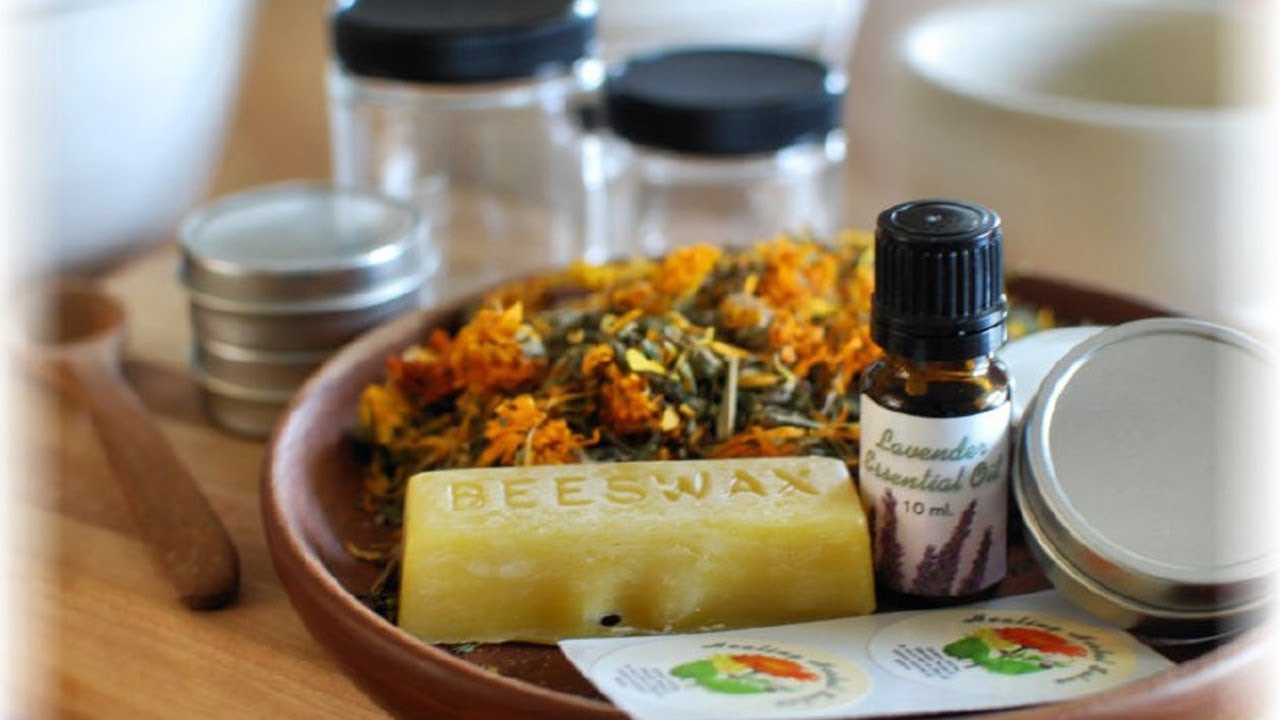
Herbs and spices are a wealth of health benefits. They can boost energy, relieve stress, improve digestion, reduce cold symptoms and headaches and help with a wide range of diseases.
Herbs can be found in many forms, from tea to extracts and capsules to tablets to tinctures. They have been used for centuries by traditional cultures to treat a variety of ailments and conditions.
How to use spices for natural remedies and health benefits
Spices are used for their delicious flavor, but they also offer many health benefits. For example, they can help you reduce inflammation and improve your brain function.
Herbs and spices can be made into teas, syrups, oils, liquid extracts, tinctures, or dry extracts (pills or capsules). It is important to note that not all herbs are safe for everyone, so it is always best to consult with your doctor before using them.
Ginger, for example, is an excellent natural remedy for nausea and gastrointestinal problems. It also has anti-cancer properties and is high in fiber, which can help prevent constipation.
Turmeric, on the other hand, has anti-inflammatory and antioxidant properties. It helps the body scavenge toxic free radicals, which are known to lead to chronic diseases such as heart disease and cancer.
Herbs and spices are a great way to add flavor to foods while increasing their nutritional value. They can be added to meats, vegetables, and even sweet treats.
How to make a tincture
Tinctures are a concentrated form of herbal medicine that can be taken orally. They are made by steeping herb parts in a high-proof alcohol or vinegar.
The alcohol acts as a solvent to break down the plant material, allowing the plant’s bio-active compounds to be extracted and stored in the alcohol. Vodka or brandy are traditional herbal tincture ingredients, but you can also use fire cider vinegar or food-grade glycerin in place of alcohol.
To make a tincture, gather the herbs you want to use. These may include berries, leaves, roots, or bark.
Mix the herbs and alcohol together in a clean glass jar with a tight-fitting lid. Store your tincture in a cool, dark place and away from sunlight to preserve the liquid.
How to store your tinctures
Tinctures are one of the best ways to keep your herbs alive. However, you need to know how to store them properly.
The first step is to place the plant material in an opaque glass jar and fill it with 80-proof alcohol. The amount of alcohol should be enough to completely cover the plant matter.
Once the tincture is ready, store it in a dark place for 4-6 weeks. Check on it regularly, giving it a shake to stir the plant materials and make sure all the alcohol is covering the herb.
For those who don't want to use alcohol, vinegar is also an excellent choice. It also offers a quick and easy way to create tinctures. Vinegar-based tinctures can be stored in small bottles and have a shelf life of 12 to 24 months.
How to use your tinctures
Herbs and spices have been used for thousands of years to improve health. They can help reduce inflammation, ease stress and anxiety, boost the immune system, and more.
Tinctures are a great way to get more of these beneficial properties into your daily routine. They are easy to use and can be made at home.
Most tinctures are made with alcohol, which is a natural preservative and preserves the medicinal compounds in herbs. However, tinctures can also be made with water, glycerine, vinegar, or honey.
As with any herbal remedy, tinctures should be used with caution and with the knowledge of a trained healthcare professional. Adverse reactions may occur and vary from person to person.
It is best to start with a small amount of tincture and work up slowly until you find the appropriate dosage for you. It is important to note that some plants can have serious side effects at high doses. Do not take tinctures if you are pregnant, nursing, taking prescription medications or suffering from a chronic illness.
Frequently Asked Questions
What does Thai spice serve?
We all have heard the term Thai spices, but we don't understand what it really means. It makes our mouths water when we try it.
It's much more than a spice. It is an essential ingredient that brings flavor and depth into dishes that might otherwise be boring.
Many recipes call for Thai spice, but only a few have the actual thing. Let's talk about how to make sure you add these amazing flavors to your meals.
Thais have used herbs and spices since ancient times to enhance food and drink. The name Thai originates from the Sanskrit word for "to cook."
Today, Thais still love spicy food. This preference is often attributed to the hot weather in Thailand, which makes it difficult to keep warm without something hot to drink. Additionally, Thais consume much more chili peppers than Europeans or Americans.
You can learn the most about Thai spices by visiting a local Asian grocery. There will be a large selection of ingredients available including dried chilies (fresh basil leaves), curry paste, ground black pepper, and curry paste.
You may also come across whole peppercorns, cloves, cinnamon sticks, star anise, cardamom pods, ginger root, turmeric powder, cumin seeds, coriander seeds, fennel seeds, nutmeg, mace, mustard seed, saffron threads, garlic, onion, rice vinegar and tamarind juice.
Thai cuisine offers two types of spices: dry and moist. Dry spices are generally ground, while wet spices can be crushed or pounded finely.
Dry spices are usually added to a dish. A good example is chicken soup with ground red pepper. In order to make a paste out of wet spices, oil or butter is often used.
Wet spices are usually used in marinades, sauces, and dressings. Fish sauce, oyster sauces, sesame and sesame olive oils, curry paste and hoisin are some of the most common wet spice options.
To make Thai food at your home, it is important to understand which spices are best with particular ingredients.
Red pepper flakes should be used if you're using beef. If you use seafood like shrimp, you should use white pepper instead.
Online ordering is also possible if you don’t have an Asian market. Here you will find everything, from dried chilies and exotic herbs to spices.
You might want to try these Thai recipes next time you feel hungry.
Does Thai use ginger?
Yes. The traditional Thai cooking uses ginger heavily. Ginger is often used in stir-fries and soups, as well as desserts and drinks, such as lassis.
Ginger is a native of China, Japan, Korea and other Asian countries. Its origins go back over 5,000 years. It is believed to have originated in Southeast Asia, where it was cultivated for medicinal purposes.
Ginger is known for stimulating digestion and relieving nausea. It may even help prevent migraines. Ginger aids in relieving muscle spasms and joint pains. It can also treat arthritis.
Ginger is most often fresh in Thailand. It is then cut into thin strips and dried. Asian markets sell ginger root in cans and cans.
Thai food uses paprika?
Yes. It is a key ingredient in many dishes, such as Pad See Ew (Thai-fried rice), made from eggs cooked with coconut milk.
Thai, Mexican, Spanish, Indian and Chinese cuisines include paprika.
Paprika can been traced back to Ancient Greece over 5,000 years ago. The Hungarian language is what "paprika" means.
What is Thai cooking's most famous ingredient?
Two main ingredients are the heart of Thai cuisine: curry and rice. This combination creates an unforgettable taste.
This combination is known in Thailand as "Khao Pa Krai," meaning "the best dish." It happens when these two basic foods are combined and make a delicious, irresistible dish.
The same applies to life. If you combine hard work with perseverance, you can achieve great success.
Combining passion and purpose, as Khao Pad Krai has shown, can help you succeed. Combining them will produce something special.
When you are craving Thai food, don't forget to add rice and curry! Experiment with other ingredients to see what fun it can be.
What spices are used for Thai cooking?
Thai cuisine is famous for its complex flavor profiles. These flavours come from unique and flavorful spices that create various delicious dishes.
Common ingredients in Thai cuisine include galangal and kaffir lime leaves, chilies, garlic, chillies, chillies, ginger, coriander and cumin.
Each spice contributes to Thai cuisine's distinctive flavour profile. The most common uses of lemongrass are in soups, curries, stews, and galangal; galangal is used to add a little peppery kick to dishes, kaffir lime leaves give dishes a citrusy scent, chillies are spicy; shrimp paste gives food an umami flavour; garlic provides a sharp, pungent flavor; cilantro adds a mild aroma to dishes, cumin lends a smoky taste, while turmeric gives dishes a vibrant yellow hue.
These spices are combined to create complex flavour profiles specific to Thai cuisine. By using a combination of spices, chefs can create dishes that are both flavorful and aromatic. These spices will help you bring Thailand's flavours to your kitchen.
Almond Flour or Almond Meal? What is the difference?
Almond meal can be substituted for almond flour and is versatile enough to be used in baking, cooking and even making nut-free meals.
Almond flour can also be gluten-containing, which can make it difficult to digest. It's important to avoid gluten-free diets if your condition is celiac.
Almond flour may not be considered a "superfood", per se, but it contains healthy fats as well as fibre, protein and vitamin E.
The almond meal provides nutritional benefits such as magnesium, iron, zinc and manganese. It also contains vitamin A, B1 (thiamin), C, and folate.
Because it's made from almonds, almond flour contains monounsaturated fatty acids, while almond oil contains polyunsaturated fatty acids. Both help to lower LDL (bad), and increase HDL levels.
Almond flour is also high in antioxidants, such as phenolics, flavonoids and proanthocyanidins. These compounds protect against free radical-induced oxidative harm.
The Journal of Agricultural Food Chemistry published a study that found almond flour to have the same antioxidant activity as blueberries, cranberries and pomegranates.
Almond flour is usually sold alongside almond milk, fortified with additional nutrients.
Statistics
- It has been estimated that around 1,000 tons of pepper and 1,000 tons of other common spices were imported into Western Europe each year during the Late Middle Ages. (en.wikipedia.org)
- According to the McCormick Science Institute, indigenous Indian spices were cultivated as early as the 8th century BC in the gardens of Babylon. (spicecravings.com)
- According to a recent survey, professional chefs and many home cooks use spices; usage has only continued to grow from 2011 to now. (hospitalityinsights.ehl.edu)
External Links
amazon.com
- Amazon.com. Spend less. Smile more.
- Amazon.com : Morton & Bassett Whole Nutmeg 1.9 Oz : Nutmeg Spices And Herbs : Grocery & Gourmet Food
penzeys.com
pubmed.ncbi.nlm.nih.gov
- PubMed: Inflammation and Metabolism Acute - PubMed
- PubMed: Aging and inflammation in the environment
doi.org
How To
How to Cut Shiitake Mushrooms
The shiitakes grow well. You can't go wrong with them. But how do they be cut? We have tried everything, even using scissors. But they just keep slipping from our hands. What's going on here?
The trick is simple. Place a rubber band on the stem of the mushroom and twist it tight. This will ensure that you don't fall and break your wrists.
You may think it sounds too easy. It is. It's also extremely effective.
The rubber band makes the stem slippery, so it feels natural when you pick it up. The stem can be held securely.
You can now try it. You'll be amazed at how much easier it is to cut mushrooms now.
Resources:
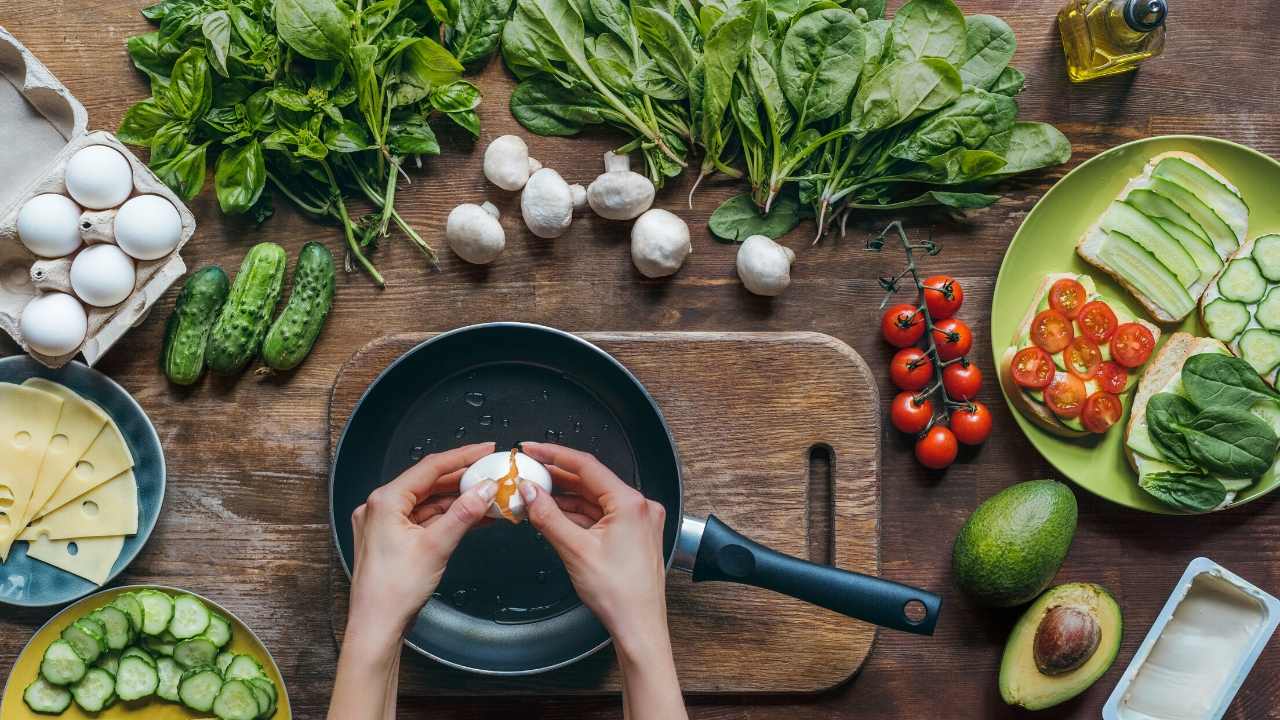 |
What Happens If You EAT WALNUTS Everyday For 30 Days? | Dr. Steven GundryIf you’re looking for a new snack, look no further than WALNUTS! These versatile, delicious, nutritious nuts are one of the best options to snack on to improve |
 |
2 Chefs Try to Identify Spices by Taste | Sorted FoodToday we flip the script and put our chef Ben and guest chef James in the hot seat to guess some spice blends! It’s absolutely a competition and we haven’t |
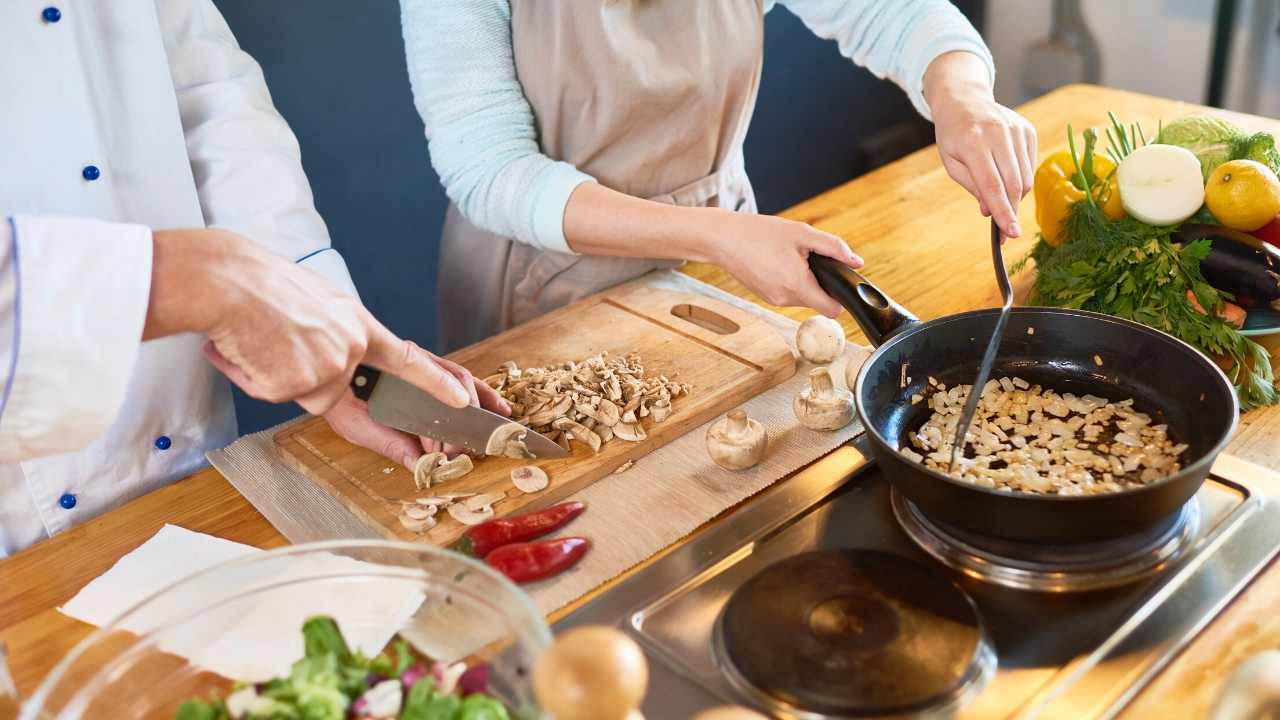 |
Why Did These Strange 1950s Inventions Kill So Many People?| Hidden Killers | Absolute HistoryDr Suzannah Lipscomb looks at the hidden dangers of the British post-war home. In the 1950s, people embraced modern design for the first time after years of |
 |
The 5 SURPRISING Vegetables You Need To Eat To STAY HEALTHY! | Dr. Steven GundryWe are taught that all vegetables are healthy for us. Dr. Gundry says that is FALSE and not all vegetables are built the same! That’s why he’s here to share |
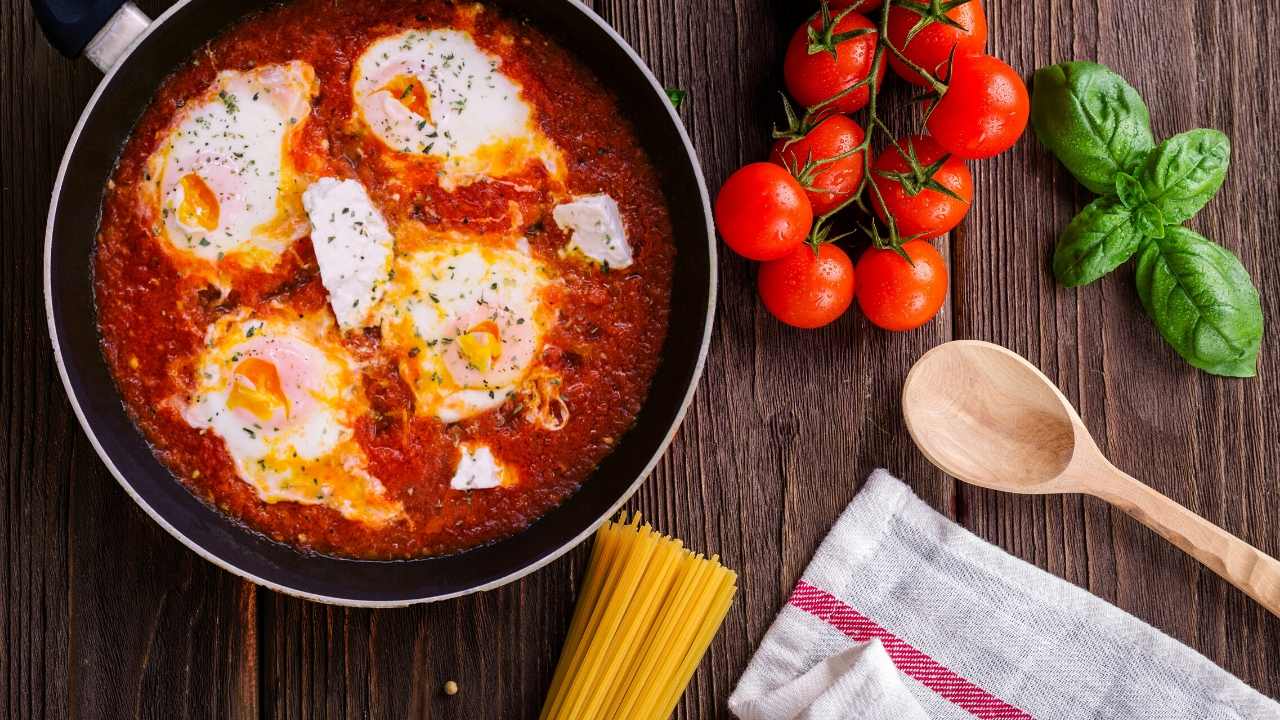 |
The SHOCKING Superfoods You Should NEVER EAT! | Dr. Steven GundrySuperfoods - we’ve all heard about them but what are they really? On today’s episode Dr. Gundry dives right into the superfoods you should and should NOT |
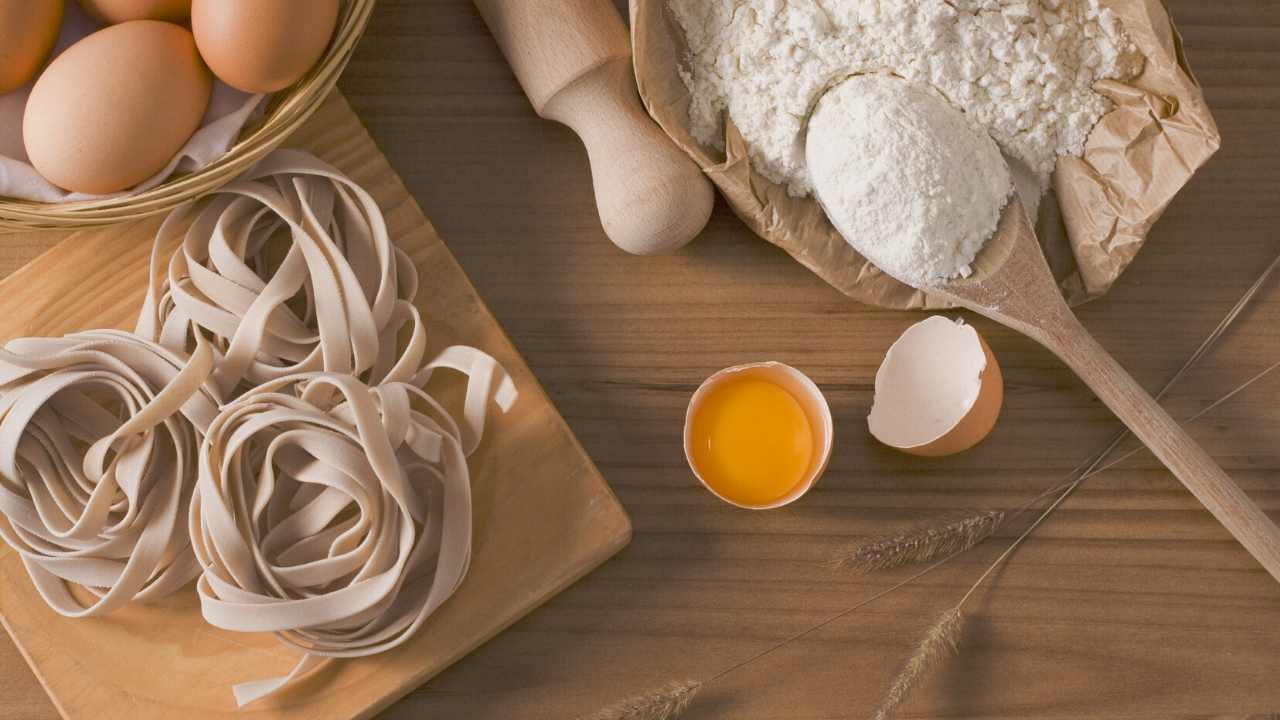 |
Spice Expert Guesses Cheap vs Expensive Spices | Price Points | EpicuriousIn this episode of 'Price Points', Epicurious challenges spice expert Ethan Frisch of Burlap & Barrel to guess which one of two spices is more expensive. Ethan |
 |
Are Burger King''s Spicy Chicken Fries TOO Hot?For a limited time, Burger King has released their new Spicy Chicken Fries! Featuring a blend of spices added to their classic Chicken Fries, I'll find out how |
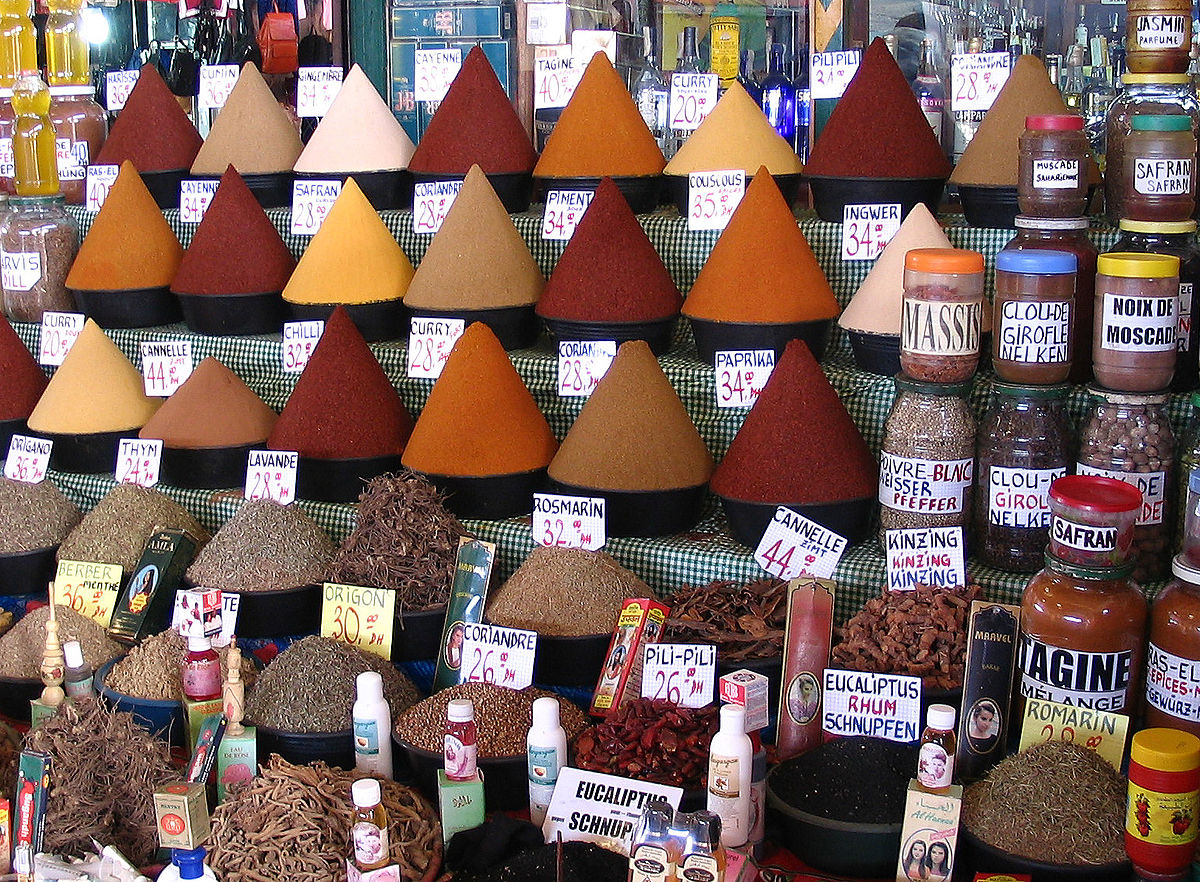 |
Spice - Wikipediadefinition of spices |
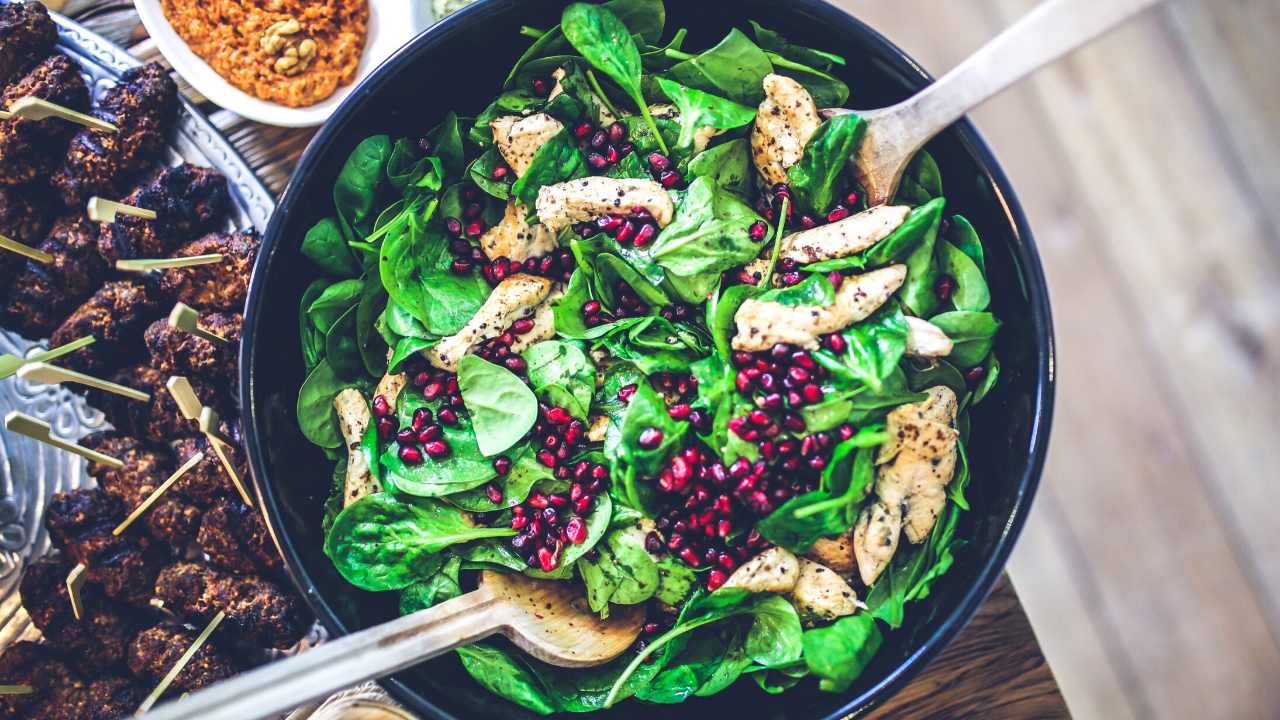 |
How Did Nutmeg Cause Wars In Indonesia? | The Spice Trail | Absolute HistoryKate Humble embarks on a journey around the fabled spice islands of eastern Indonesia in search of two spices that launched epic voyages of discovery, caused |
 |
Learn Every Single Technique For Using Spices in One DishShop the gear in this video (and more) at ProHomeCooks.com ➡️ https://prohomecooks.com/ Getting your kitchen gear from Pro Home Cooks supports more content |
 |
The SHOCKING BENEFITS of Spices On Your Health! (Take One Teaspoon Of This) | Dr. Steven GundryWe all use spices to cook, but did you know that they can be a great tool to incorporate more beneficial polyphenols into your diet? That’s right, with just |
 |
Poultry Seasoning For TurkeyIf you're looking to spice up your turkey meals, you should consider putting poultry seasoning on your bird. Not only is it a great way to add some.. |
 |
Delicious Seasonings to Add Flavor to Your DishesIf you're looking for delicious seasonings to add to your dishes, you're in the right place. There are many options out there, from chili powder to.. |
 |
How to Add Spices to Mac and CheeseThere are a number of spices that you may want to try out when cooking mac and cheese. Some of these ingredients include red peppers, oregano,.. |
 |
Chaat Masala and Garam MasalaChaat masala is a type of spice mix that is used to flavor chaat. It is made from several spices, such as cumin, dried ginger, coriander, asafoetida, |
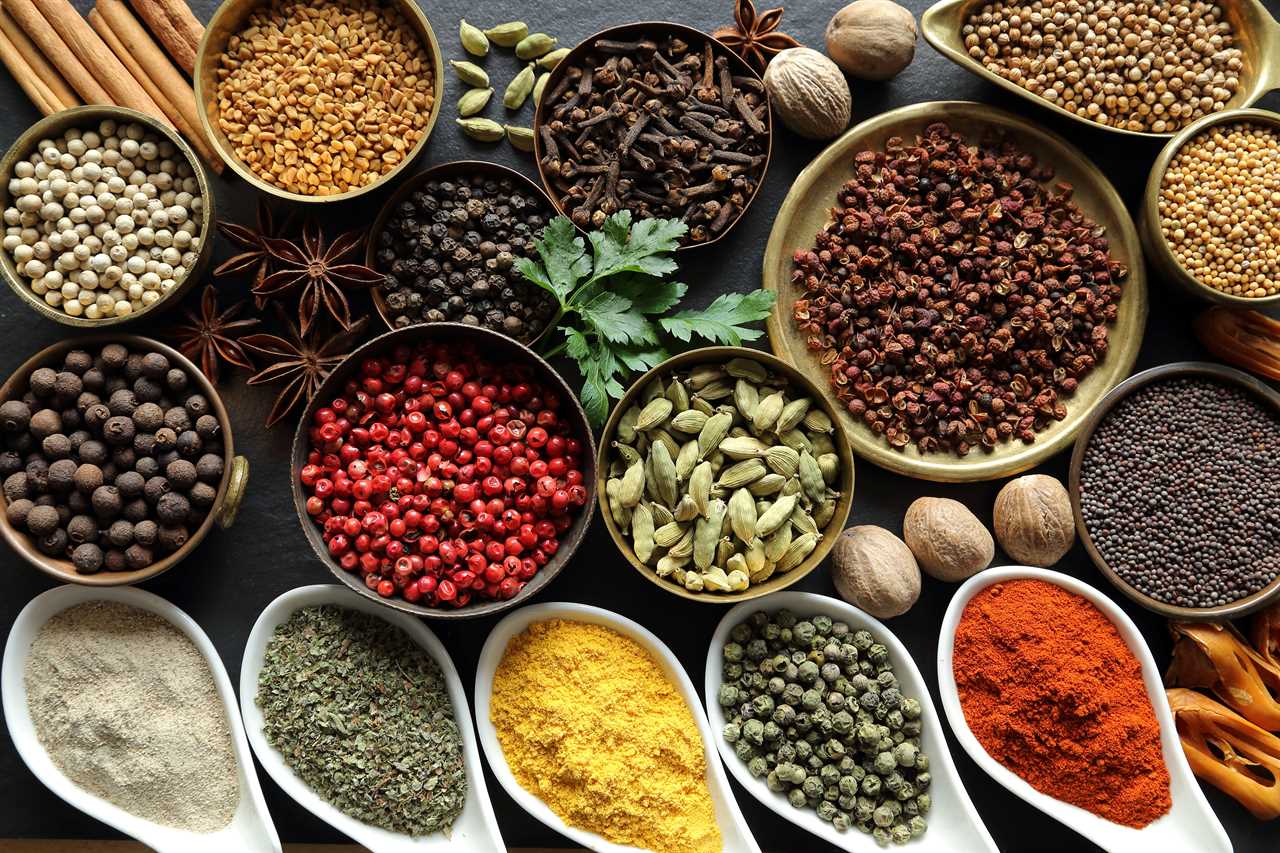 |
27 Essential spiecs you need to knowImportant spices in cooking |
 |
No Salt Seasoning BlendsIf you want to make the perfect grilled chicken or steak, it's time to try a no salt seasoning blend. It's the best way to add flavor to any dish.. |
 |
Coriander Ground Vs Coriander WholeCoriander is one of the most popular herbs used for cooking and can be either whole or ground. Its taste is very mellow, and is perfect for adding a.. |
 |
Homemade Blackening SeasoningMaking your own homemade blackening seasoning is a great way to add flavor and freshness to your dishes. This spice mix can be used in a variety of.. |
 |
Sweet Potato RavioliSweet potato ravioli is a popular pasta dish that is very easy to make. The recipe uses sweet potato as the filling and makes a light and filling.. |
 |
Greek SeasoningGreek seasoning is a common spice used in many types of dishes. For example, it can be used as a dry rub on chicken wings before baking, or it can be |
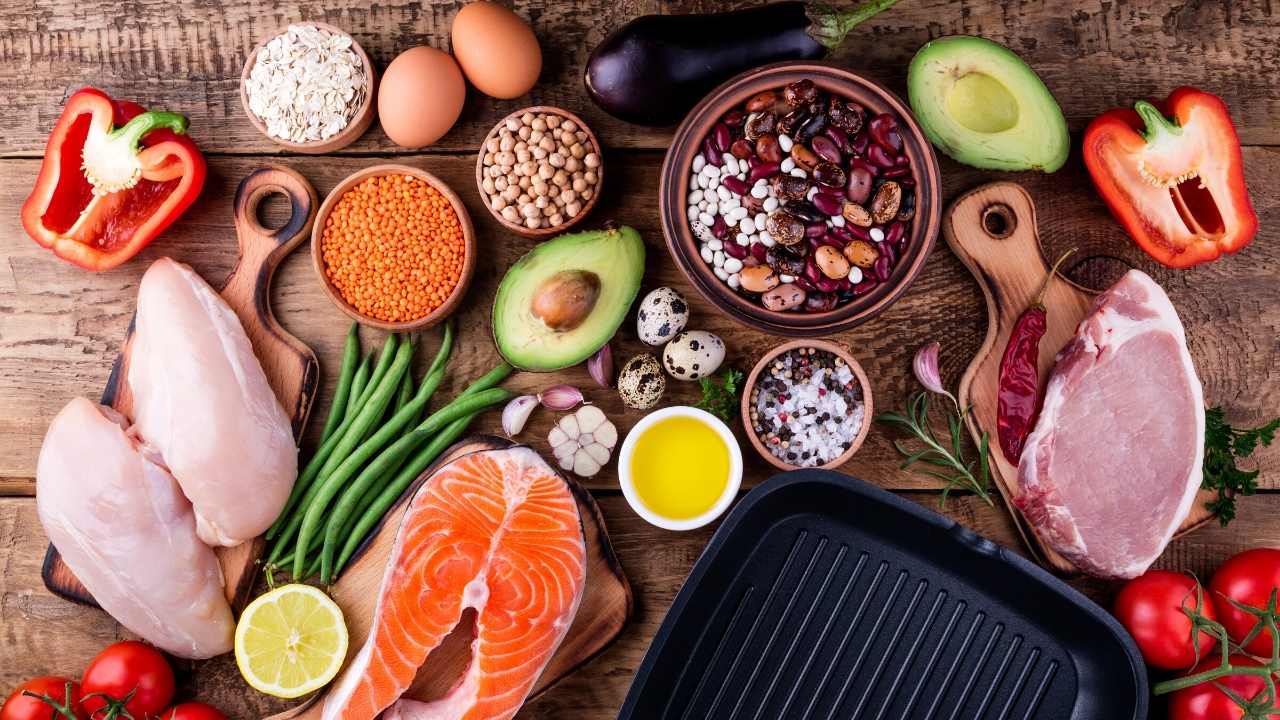 |
AbgooshtAbgoosht is a hearty Persian soup that is made from mutton. It is a traditional stew that is thickened with chickpeas. It is also known as Dizi... |
 |
Greek Cabbage RollsOne of the most popular dishes you can find on the menu at Greek restaurants is cabbage rolls. They are a great option when you're on the go and need |
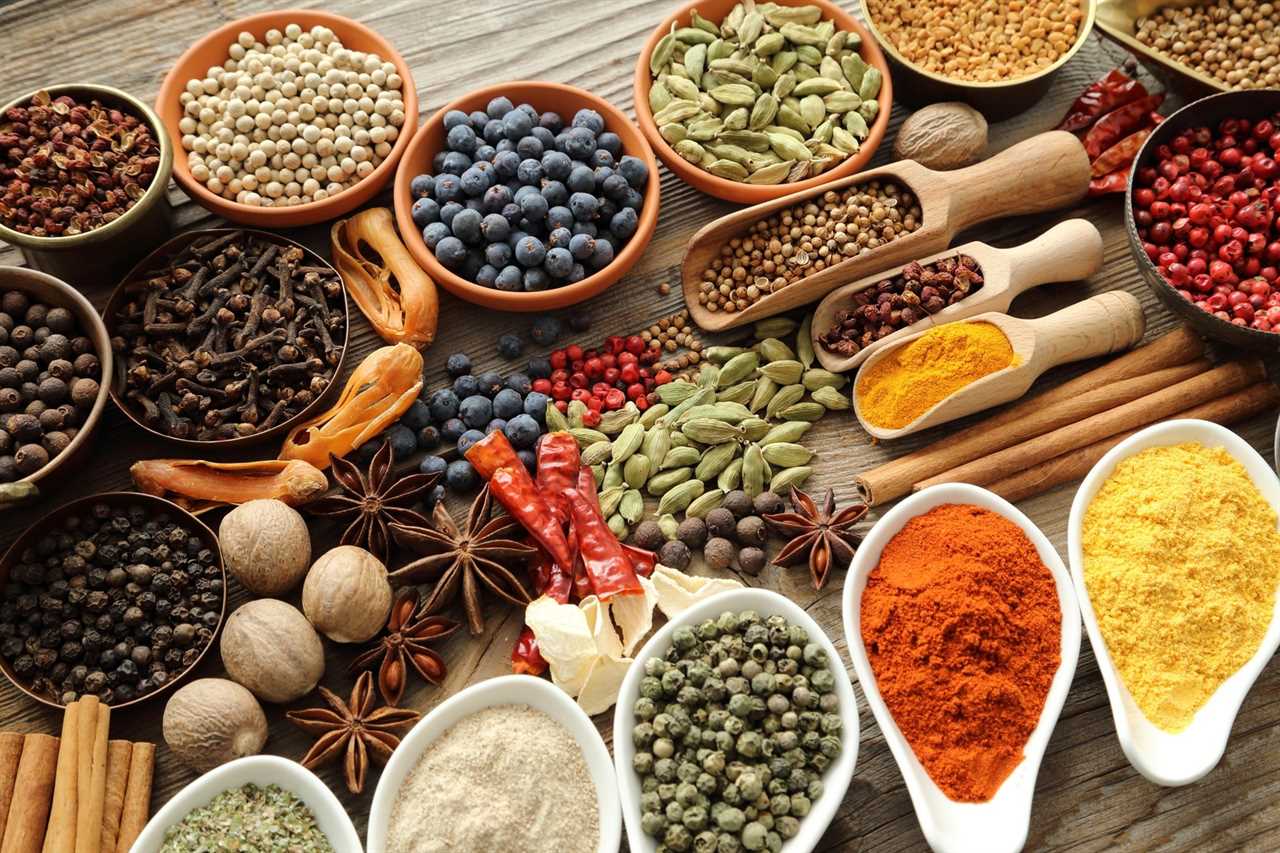 |
Your Herbs and Spices Guides & BlogsHerbs, spice & everything nice, these blog and articles explain the many uses of spices, including spices for weight loss, spices for brewing, and how to store |
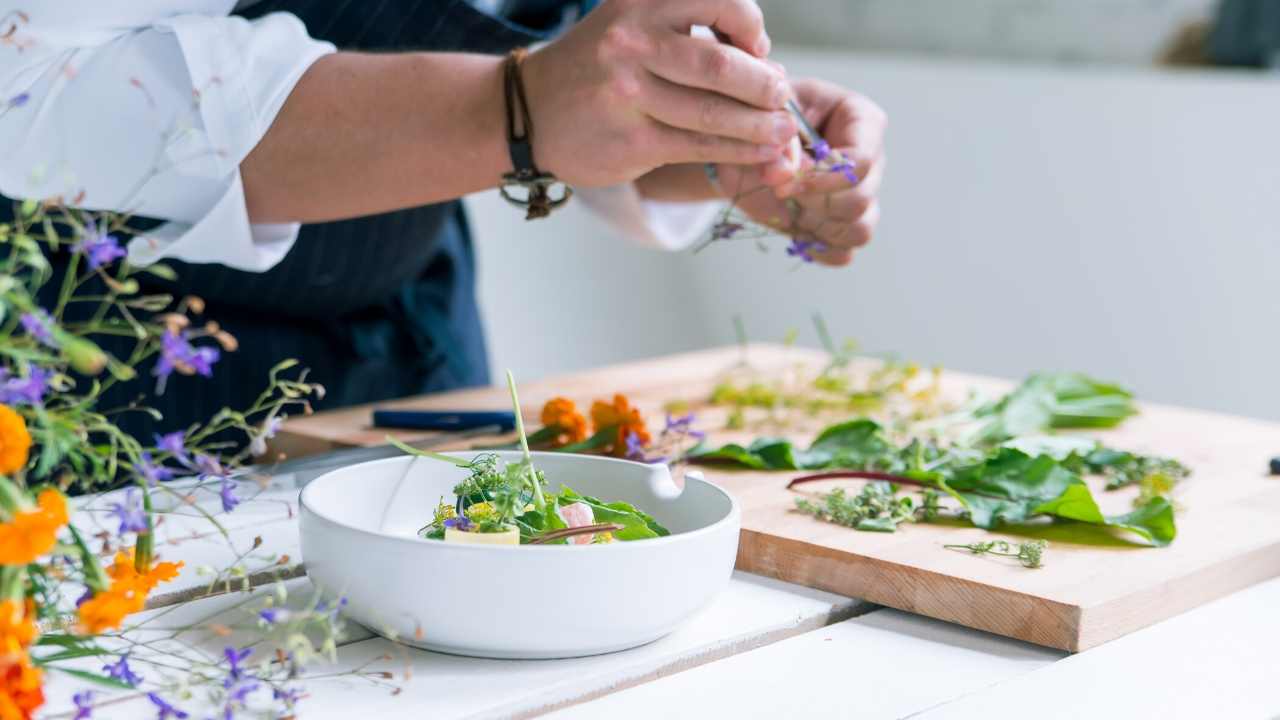 |
Mexican Cauliflower Rice RecipeIf you have been looking for a healthy meal option, you can try making Mexican cauliflower rice. This delicious recipe combines a blend of vegetables, |
 |
A Guide to Indonesian FoodIndonesia is an archipelago country and its cuisine is a mix of regional culinary traditions. Its dishes include sweet and savory dishes, based on.. |
 |
How to Make Homemade Spaghetti SauceSpaghetti is a very popular Italian dish that is made from durum wheat semolina. It is also often enriched with vitamins and minerals. Some people.. |
 |
How to Prepare a Chicken on Skewer RecipeIf you're looking to cook up a tasty meal for the family, why not try out a chicken on skewer recipe? This is a fast, easy dish that your whole.. |
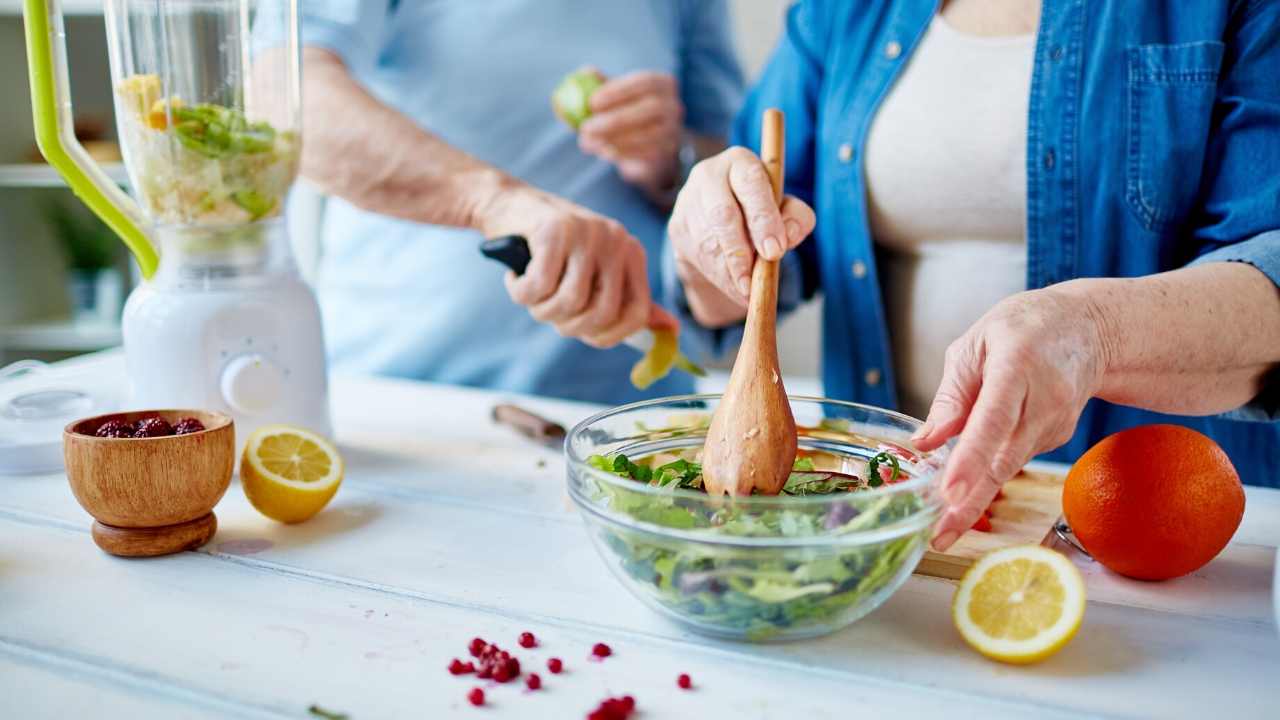 |
Powdered SpicesThe ingredients for powdered spices are usually either individually roasted or are a combination of a variety of different spices. These include.. |
 |
Air Fryer Chicken ParmesanIf you want to find a delicious and quick way to cook your favorite chicken dishes, try using an air fryer. The results are fantastic and are sure to |
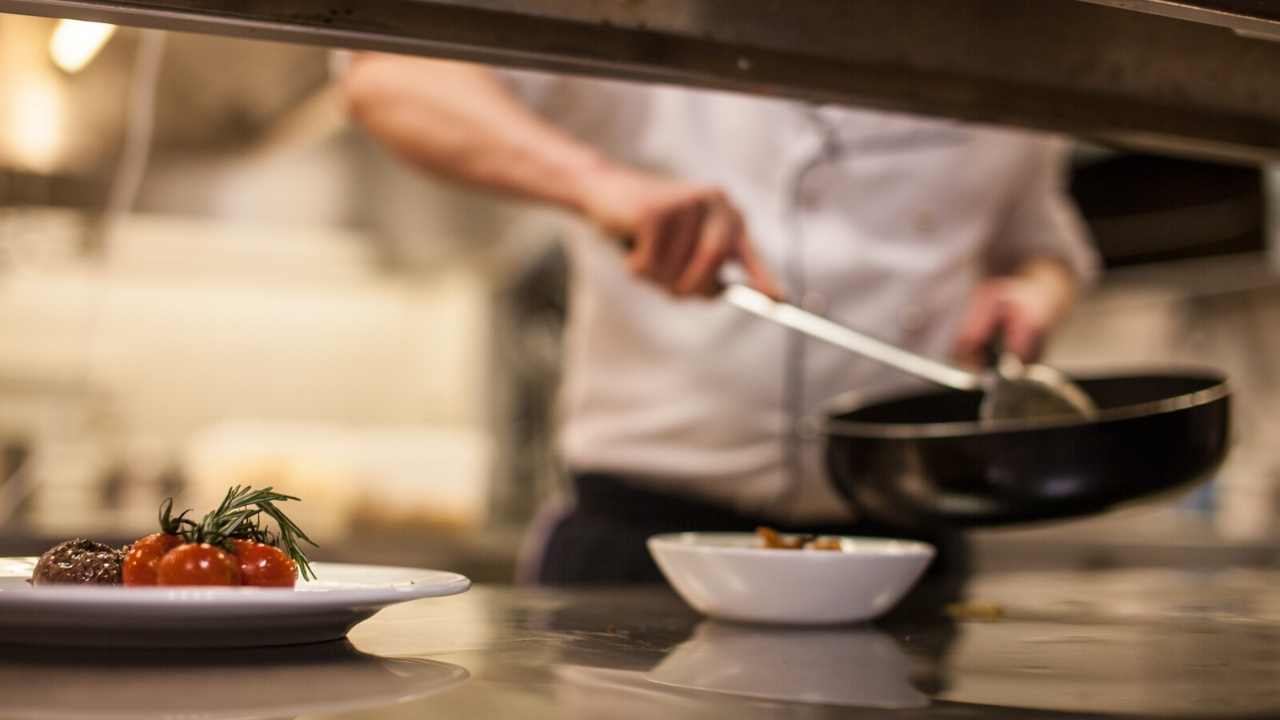 |
What Type of Cardamom Should You Use in Your Cooking?Cardamom is an ancient spice, used for centuries in the kitchen. When you're using cardamom in your cooking, there are a few things you should know... |
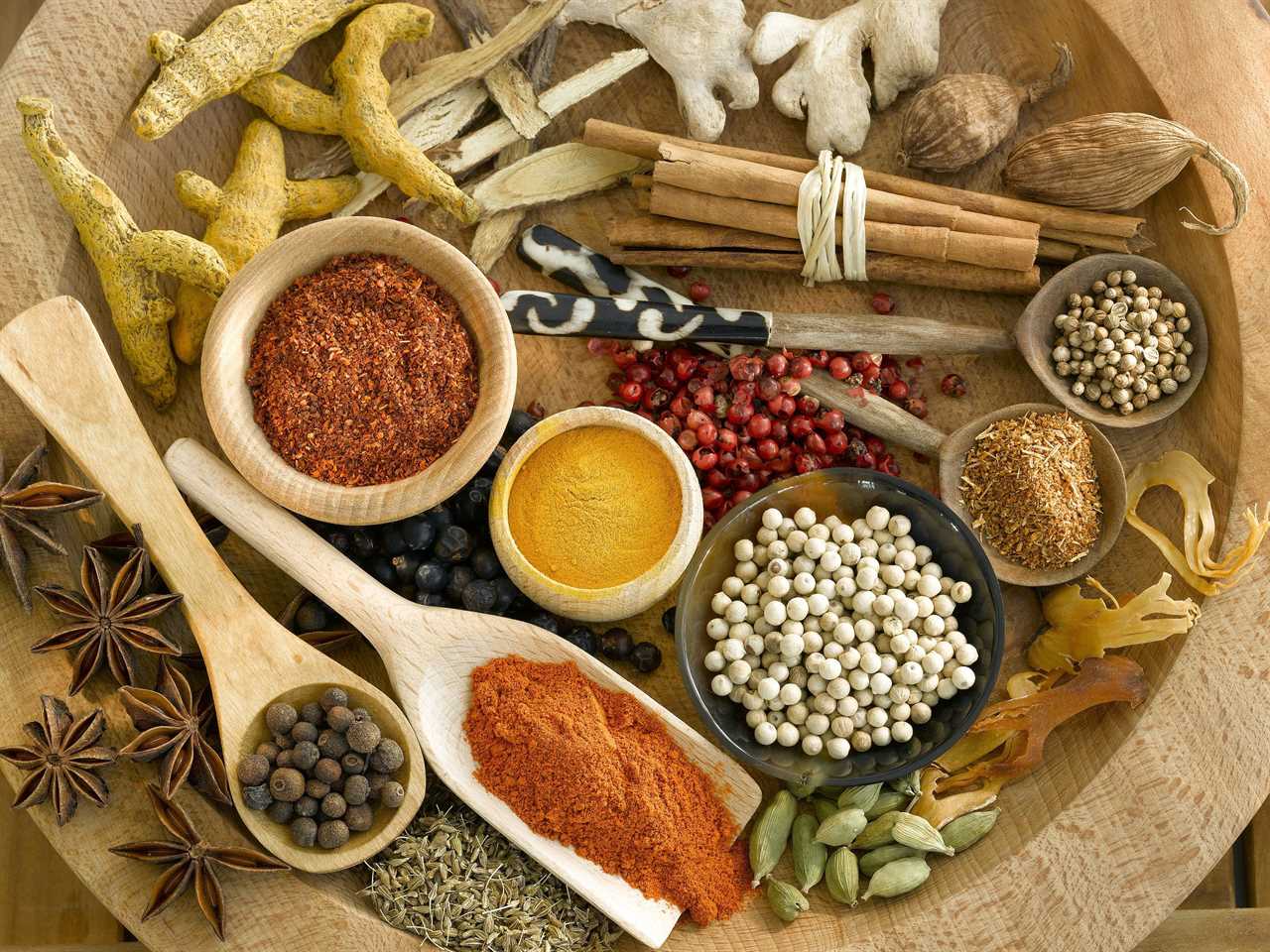 |
The Chopping Block Cooking Blog | spicesspices | Visit our blog for recipes, cooking tips and techniques as well as our staff's favorite eats and travel adventures. |
 |
Lasagna SpicesFor people who enjoy lasagna, there are a variety of spices to choose from. Some of the spices include paprika, cayenne pepper, thyme, and fresh.. |
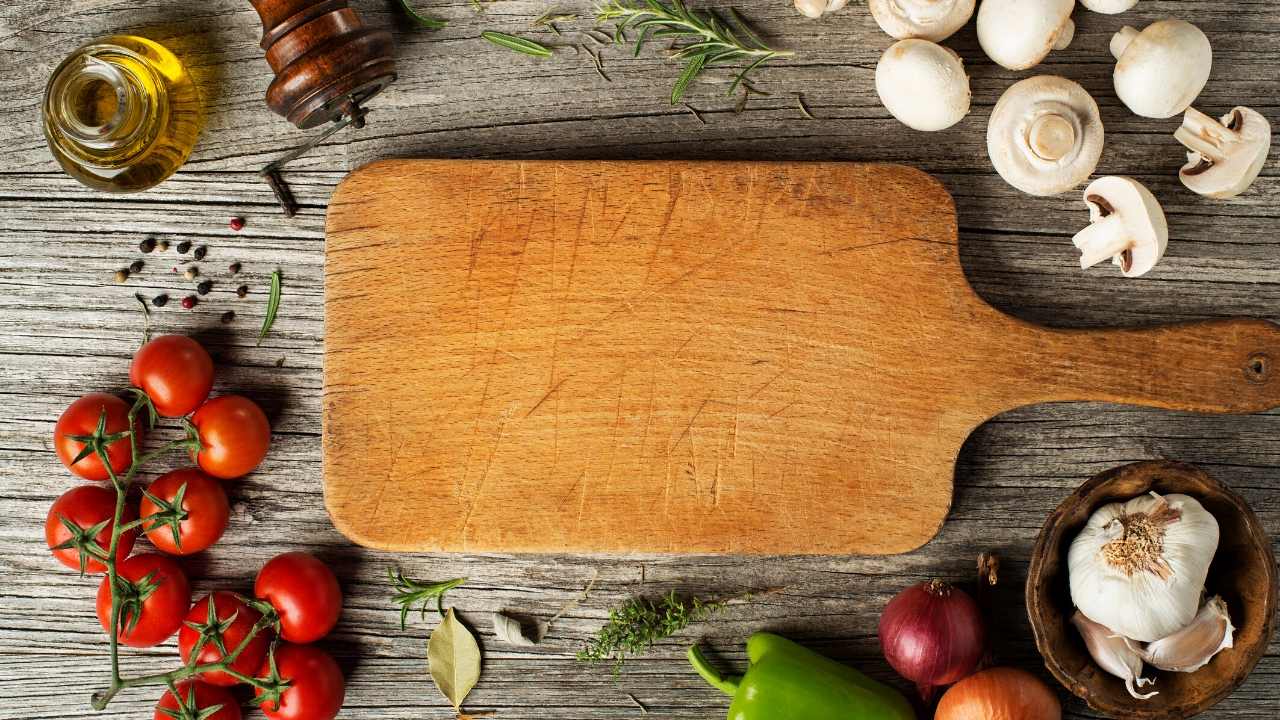 |
Italian Dressing RecipesIf you are looking for a new way to dress your favorite dishes, you may want to try one of the many Italian dressing recipes out there. These.. |
 |
VIETNAM BUSINESS NEWS OCTOBER 13 - PepperHCMC economy gains strong growth in Jan-SeptGross regional domestic product (GRDP) of HCMC between January and September reached nearly VND1,100 trillion in |
 |
SALMONELA - EU strengthens measures against brazilian pepperAt the beginning of October the European Spice Association inssued a letter direcyed to it members,stating that EU Commision will strengthen the rules on |
 |
Cloves Market Latest NewsRoyal Golden's Cloves Market Latest NewsBy Parsram DhiraniMadagascar - With weeks of slow progression of incoming new crop from field, goods are now |
 |
Important Report - Brazilian Pepper ContractsSince the middle of November when the rainy season finaly came to Brazil, bad weather and heavy rains are threatening Pepper production areas disrupting |
 |
BRAZIL - PEPPER PRODUCTION SUFFERING BAD WEATHERPARTIALLY FLOADED PEPPER PLANTATION IN LINHARES - ESThe heavy and constant rains that have been happening non-stop for more than a month are hampering the |
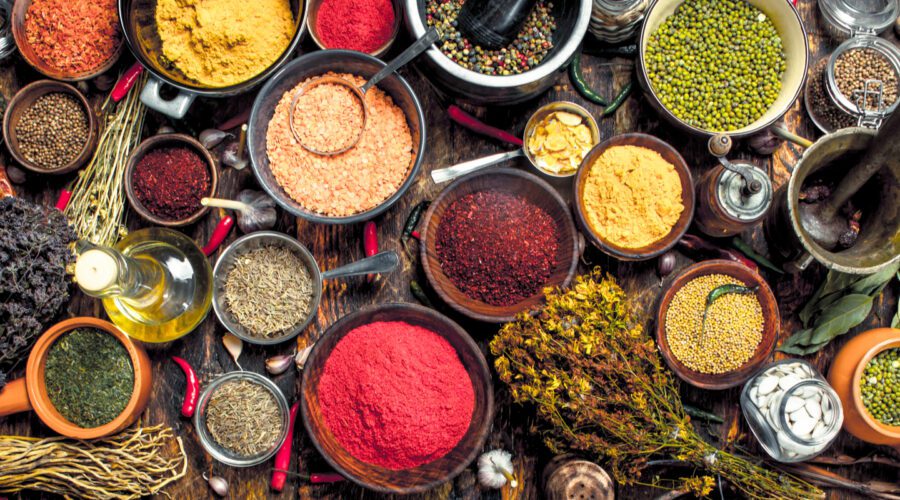 |
Spice Talk - Spice Station - New Ideas for Cooking with Spices!This spice blog writes about Indian fenugreek, Canadian coriander, Egyptian dill weed, Syrian Aleppo pepper, Granada nutmeg, & more from around the world. |
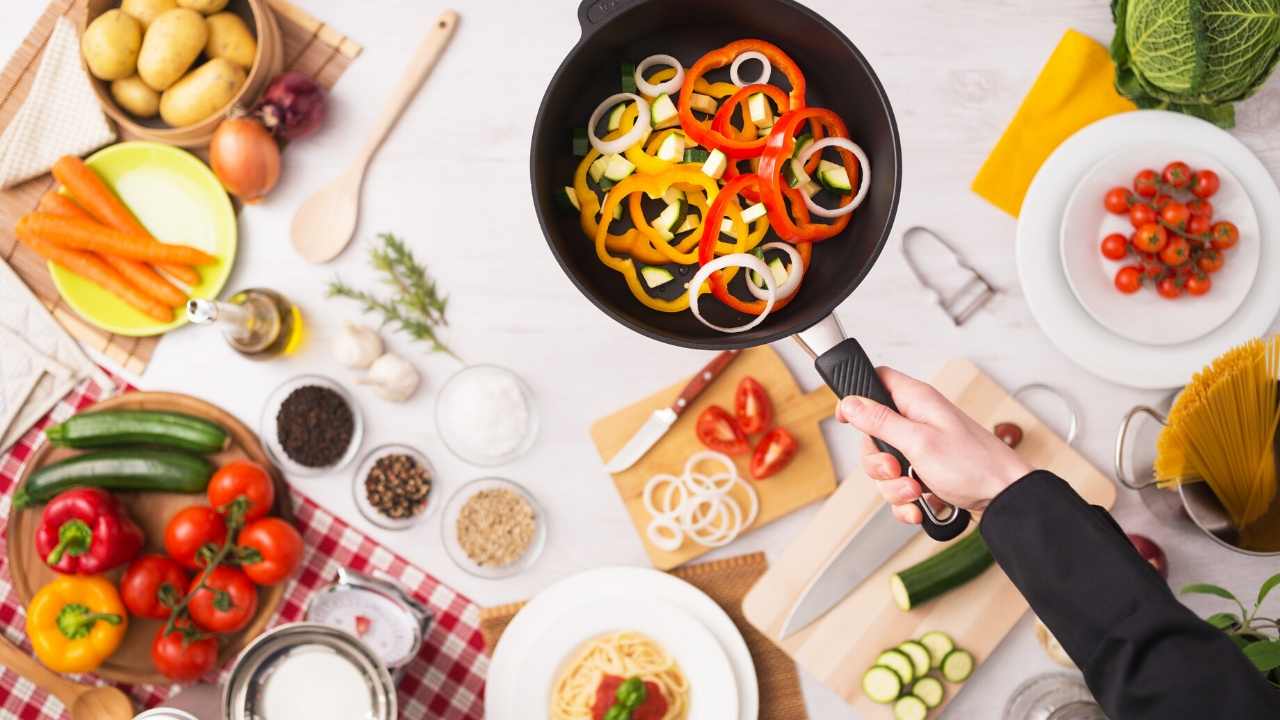 |
CARDAMOM - Guatemala in line to export around 55,000 MT for the 22-23 SeasonPlease read the short report/comment we received of an operator ofCardamom in GuatemalaHello friends, looking forward to seeing you again next week, wanted to |
 |
UPDATE - VIETNAM PEPPER PRICES FEB 22February 22, 2023|Black Pepper Offers, Vietnam Market Update This week, China is buying slowly, people expect the price will come down a little bit but today, |
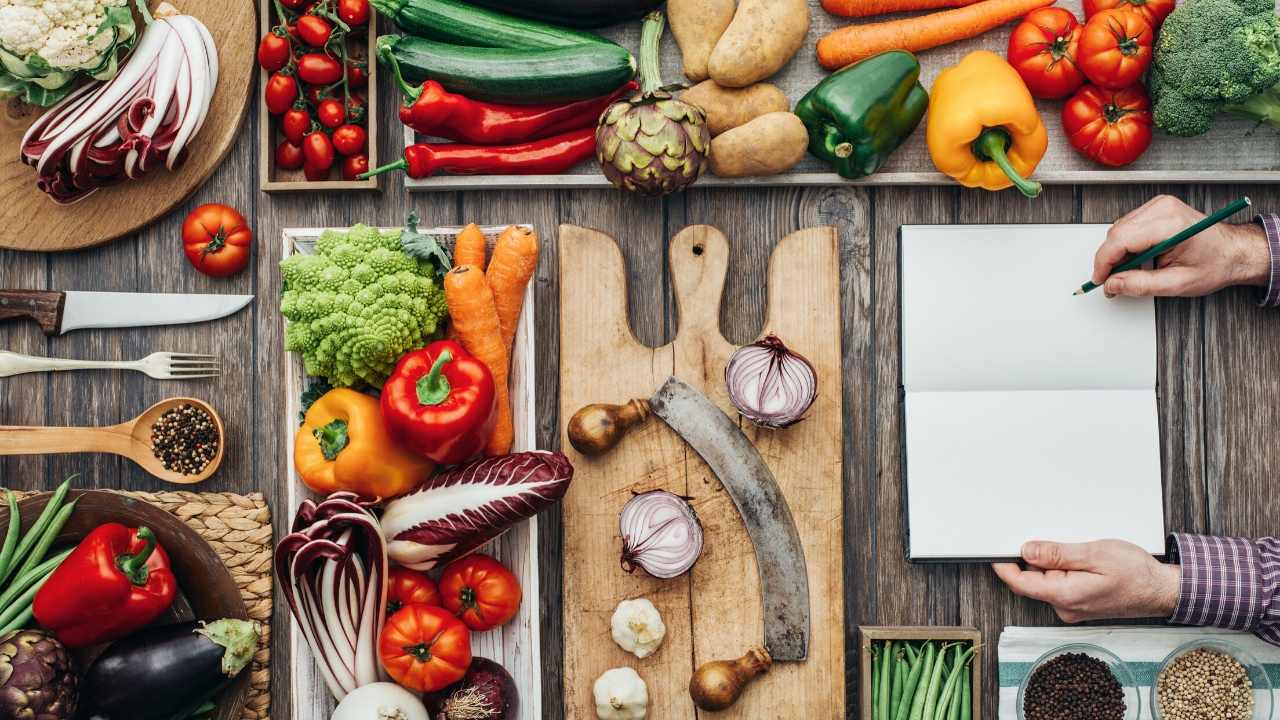 |
Vietnam Pepper exports hit 129 million USD in first two monthsVietnam exported over 41,000 tonnes of pepper worth 129 million USD in the first two months of this year, up 35% in volume, but down 7.4% in value over the |
 |
GLOBAL MARKET OVERVIEW GARLICMarch 2023FreshPlaza.comThe global garlic market is experiencing mixed fortunes, according to recent reports from around the world. In the Netherlands, demand |
 |
Vietnam Pepper market update 13th March 2023 – Week 10.- Pepper price has had an impressive increase in 2023 with an increase from 61,000vnd from January 1, 2023 to 67.000vnd until March 12, 2023, corresponding to |
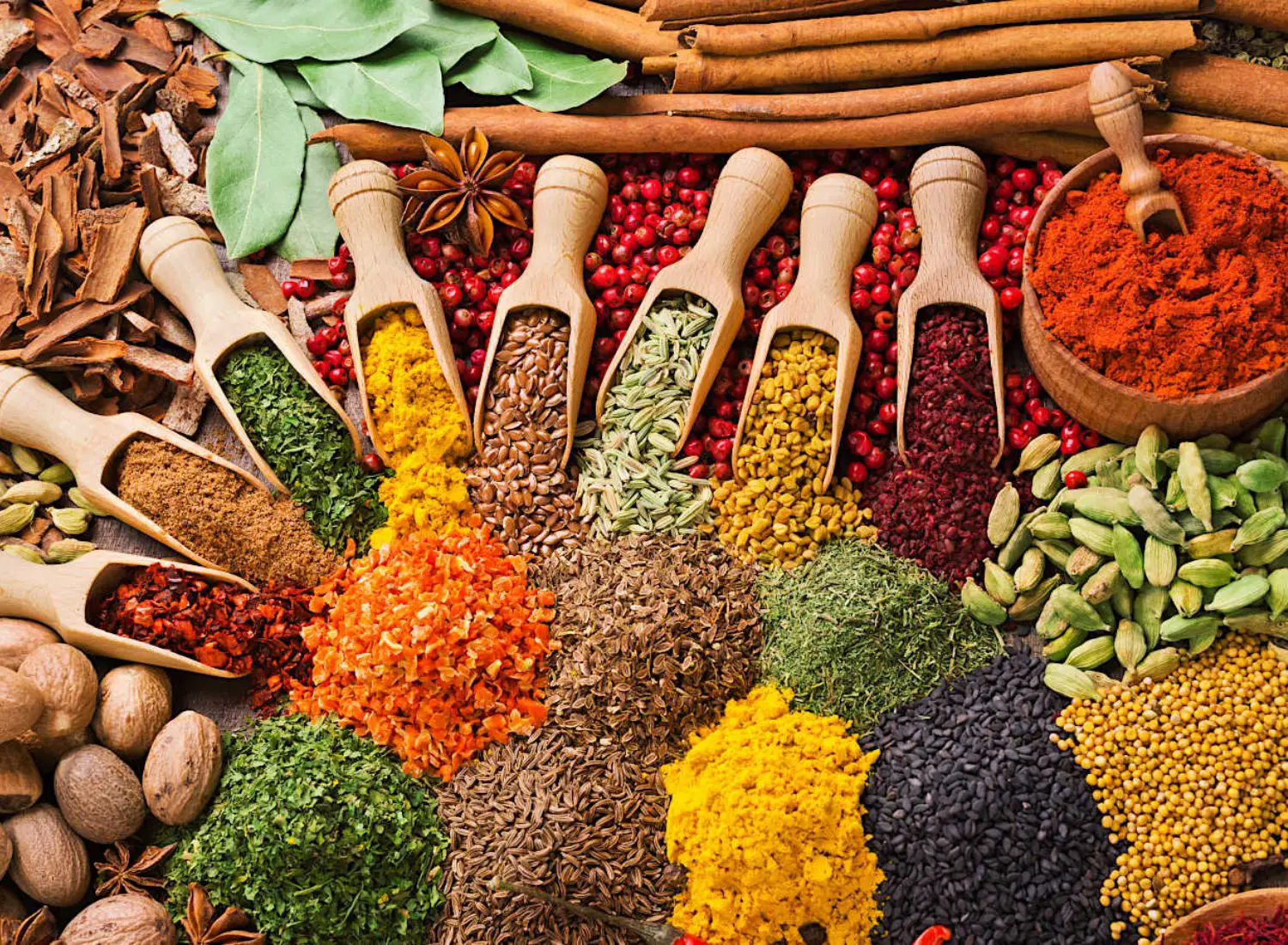 |
Blog | Herbs Spices and Seasonings | High Quality | World of SpiceWorld of Spice is your online store for a massive range of High Quality Herbs Spices and Seasonings. Wholesale, Foodservice and Catering High Quality Herbs |
.png)





